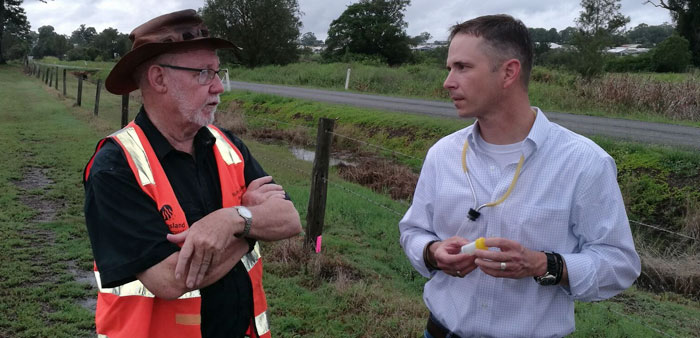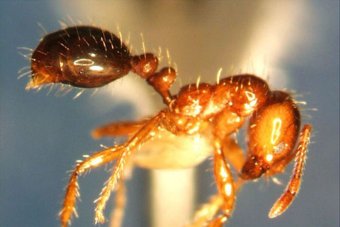
Federal and state governments look set to approve the needed boost in funding for red fire ant eradication. But without structural changes to the program it still may not succeed.
Over the past nine months we have led the call for every state, territory and the federal government to fully fund the complete eradication of red fire ants from Australia.
We took the message to Deputy Prime Minister Barnaby Joyce and won his support for the eradication program. We spoke with every state and territory government and most have now made their support known publicly.
Thanks to your support they listened when we took the lead in calling for $380 million over ten years to eradicate fire ants from Australia. We made fire ants a national issue and have achieved that goal.
But the final push to eradicate fire ants will be a long process, and to succeed it needs to capture the hearts and minds of the residents in and around the infestation areas south of Brisbane and it needs the confidence of all Australians.
Local governments and community clubs have expressed their concerns about what it might mean for parks, sporting fields and bushland reserves. Many industries have joined the call too.
Ramping up the campaign
Recently, people in Brisbane will have noticed fire ant fliers appearing in their letterboxes and newspaper and radio advertising and Facebook ads asking them to be alert and report what they see.
The eradication program has hired new staff, ramping up its ability to respond more quickly when fire ant nests are found and to conduct ongoing surveillance work. The program is no longer being held back by lack of funding or political support. The way is now open for a fully fledged campaign to eradicate fire ants from Australia.
Water saved, now let’s eradicate ants
When Brisbane was running out of water during the “Millennium drought” early last decade an independent commission was created and led the response – not a government response but a citywide effort.
The commission was so successful that it blitzed the target of reducing water usage below 140 litres per person a day to 126 litres per day. Water usage has never returned to its pre-drought high of 179 litres a day and the commission has evolved into a permanent statutory authority.
What can we learn from that response? The community of greater Brisbane – Ipswich, Logan, Redlands, Moreton Bay and Gold Coast city – will respond, engage with and support the fire ant eradication program if they are mobilised and inspired.
If the fire ant program is given more independence as a stand-alone body, and has a broader reporting requirement to its funders, the community and industry, it will have greater freedom to respond and engage with the community on a deeper level. To be successful the program must react as the infestation evolves but also pro-actively work through media, local government, community groups, industry and with new technology and social media to mobilise a community response.
Managing for eradication
We have just provided a report to the nine state and federal governments funding red fire ant eradication. The report suggests the essential governance elements needed to improve how the eradication program is run. It explains how to reposition management arrangements for the difficult job ahead and adopts a more open and inclusive model that builds community and industry trust.
Our report proposes these seven essential elements of effective governance for eradicating red fire ants:
- Design an effective governance approach, including by consulting stakeholders and seeking the advice of experts.
- Ensure that the structures and processes provide robust oversight and accountability to funders, industry and the community.
- Make sure decision-making is transparent so that stakeholders understand the rationale for decisions and can have confidence in the program.
- Develop a comprehensive eradication plan that includes techniques, costings, assumptions, roles and responsibilities, milestones.
- Create an independent body to ensure the program is managed effectively.
- Involve experts from relevant fields for program design, advice and review.
- Make sure the community and industry is meaningfully engaged in the program.
A new response model is needed for the fire ant eradication program. Getting the program oversight and structure right will create an environment for success and build community confidence over the long term through both setbacks and success.
You helped us build a coalition supporting the call to action. Now, if the federal and state governments funding the eradication program embrace the needed changes, the same coalition is ready to support what comes next.


